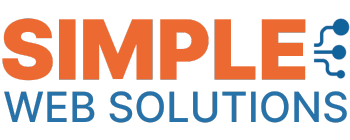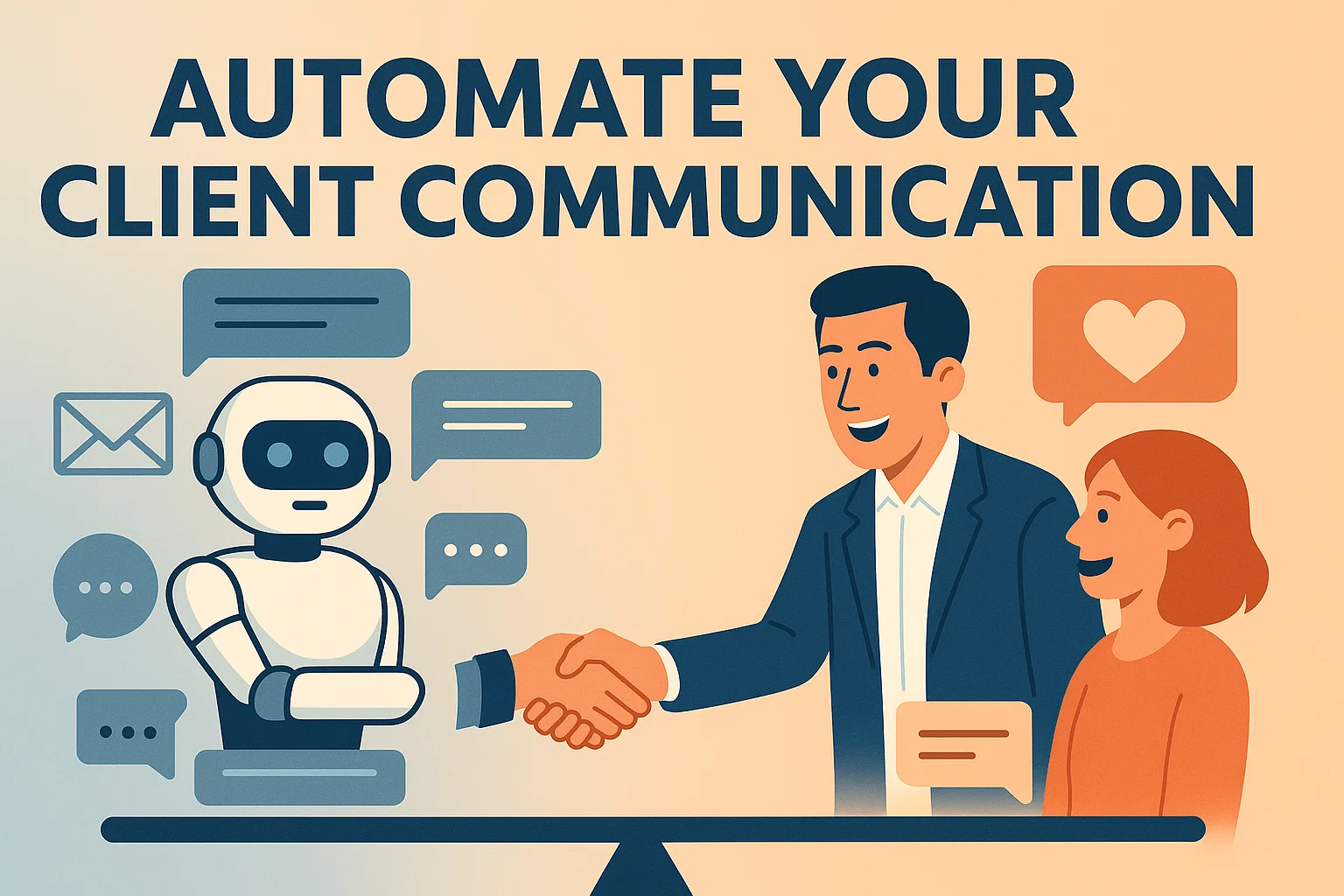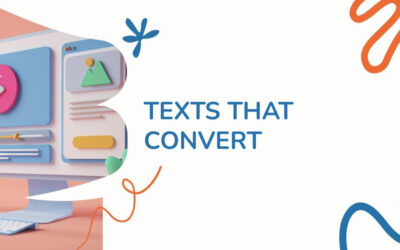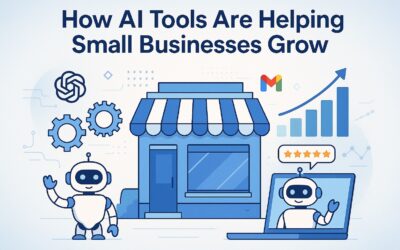The truth is, you can automate and still be authentic. McKinsey found that companies that personalize their communications grow faster. This is true for everyone.
Scaling your business doesn’t mean you have to lose the personal touch. I’ve seen many entrepreneurs get lost in endless emails. They chase efficiency but lose their clients’ trust in the process.
43% of marketers focus on making things more efficient with automation. But, only 0% have a single place for all their data. That’s where smart systems come in. Tools like ManyRequests automate tasks while making clients feel heard. Generative AI writes emails that sound like they were written by a person, not a machine.
Personalized messaging is not just a trend; it’s essential for survival. Even small law firms use CRM and intake software to stay in touch. The key is to mix technology with a focus on people. Every message should feel like a personal greeting, not a cold reply from a robot.
Key Takeaways
- Automation saves time: 1.25 days a week freed from non-core tasks.
- 71% of consumers expect personalization—tech helps deliver it at scale.
- AI tools draft emails that feel human, not generic.
- 49 automations can streamline comms without losing trust.
- 27% of firms already use intake tools—now it’s your turn.
Table of Contents
The Balancing Act: Efficiency vs. Personalization in Modern Client Communication
Do you remember when your inbox was always full? You’re not alone. Finding the right mix of client follow-up and personal touch is tricky. Automation can speed things up, but it can also make clients feel like just a number. I’ve seen companies lose 30% of their audience each year because their client communication automation lacked that special touch.
It’s time to find the perfect balance.
Why businesses struggle with scaling communication
Scaling communication isn’t just about sending more emails. It’s about creating systems that keep the human touch. Most businesses face challenges:
- Time: Manual client follow-up takes up hours every day
- Resources: Adding personal touches requires energy you might not have
- Risk: Too much automation feels cold, while too little feels chaotic
The answer? Mix tools that handle routine tasks with moments that need a human touch.
The cost of impersonal client interactions
When clients feel ignored, they leave. Over 70% of buyers prefer brands that understand them. Generic emails and slow responses can turn people off. One-size-fits-all client follow-up emails can cut conversion rates by 40%.
The result? Lost money and lost customers.
Finding the sweet spot between automation and authenticity
It’s possible to find a balance. Use automation for:
- Tracking interactions with CRM systems
- Triggering timely client follow-up messages
But save human interaction for important moments. Use chatbots for FAQs, so your team can focus on real conversations. This way, you can grow without losing that personal touch.
Every business can succeed. The secret? Let your tools work smarter, not harder.
Understanding Client Communication Automation: Benefits and Challenges
Automating client interactions is a smart move, not magic. When I started automating client check-ins, my team saved 15 hours a week. But, clients soon missed the personal touch. This is the key challenge of client communication automation.
“Automation tools free up time, but they don’t replace the need to listen.”
Here’s the truth: automation tools excel in two areas:
- They cut down on tasks like sending invoices or welcome emails
- They keep messages consistent across all interactions
- They can reduce costs by 30-40% by streamlining processes
But, there’s a catch:
- Too much automation can make clients feel ignored
- Complex issues need empathy, which automation can’t provide
- Teams need training to work smoothly with automation tools
When you mix technology with human touch, resistance drops. Train teams to handle tough cases. Use automation for routine tasks. For instance, a timely automated email can lead to a personal call to seal deals. Client communication automation is essential, but not everything.
Pro tip: Start by reviewing how you interact with clients. Use tools like Zendesk or HubSpot to see what’s repetitive and what needs a personal touch. Then, create systems that enhance the human side. Clients want solutions that combine automation tools with your unique approach.
When to Automate and When to Keep It Human
Let me share what works: automate the routine, but never automate trust. Start with tasks like client follow-up emails, scheduling reminders, and post-service surveys. Tools like Salesforce automate these touchpoints efficiently—customers still feel cared for without burning your team’s time.
- Automate: Scheduling
- Automate: Progress updates
- Automate: Client follow-up surveys
Now the human part: personalized messaging for critical moments. When a client hesitates to renew, a personalized message from you—not a bot—can turn doubt into loyalty. I’ve seen teams triple retention rates by handling milestone conversations live.
“Automated responses lack the empathy that rebuilds trust during crises.”
—Lesson from Bank of America’s costly misstep.
Keep these human-only moments sacred:
- High-stakes negotiations
- Complaint resolution
- Custom solutions tailored to their business
Balance is the key. Use automation for consistency but reserve your human voice for moments that demand connection. Your clients will notice—and so will your bottom line.
Essential Automation Tools for Seamless Client Follow-Up
Building relationships is about empowering people, not replacing them. The right automation tools make follow-up a strength, not a chore. Here’s what works based on real results:
CRM Systems That Track & Transform
Start with a CRM that learns alongside you. Our clients use these:
| Tool | Key Features | Rating | Cost |
|---|---|---|---|
| Scratchpad | AI Sales Assistant, Zero Boards integration | 4.8/5 (G2) | $19/user/month |
| Zoho CRM | Omnichannel engagement, sales forecasting | 4.3/5 (Capterra) | $12/user/month |
These systems don’t just store data—they predict needs.
Email Automation That Feels Human
- HubSpot’s templates let you merge client names into every message, boosting open rates by 29%
- Custom workflows (like birthday discounts or post-purchase check-ins) cut reply times by 40%
Personalization isn’t optional—it’s what turns client follow-up into a loyalty engine.
Chatbots That Partner with People
Imagine a bot handling 95% of FAQs so your team tackles the meaningful stuff. AI chatbots reduce support costs by 80% while improving response times. We’ve seen teams reclaim 10+ hours weekly using Vidyard’s video auto-responses.
Scheduling That Wins Trust
Automated reminders using the 3-3-3 method (3 weeks, 3 days, 3 hours before) slashed no-shows by 95%. Tools like Calendly integrate directly into emails, cutting back-and-forth by 70%.
Remember: Tools are your team’s superpower. Pick ones that augment your humanity, not replace it. Your clients will notice—and reward—the difference.
Creating Personalized Messaging Templates That Don’t Feel Templated
Want to send messages that feel real? Start with a basic structure, not a fixed script. Use tools like Flowla’s merge tags for client communication automation. Think of your templates as a skeleton. Add personal touches to make each message stand out.
- Dynamic placeholders like [First Name] + [Industry] or [Project Goal] keep messages grounded.
- Include a personal touch: “Remember when we talked about X? Let’s solve Y together.”
- Use emojis (😉 for a friendly nudge, 🚀 for goals) to keep the tone friendly yet professional.
“The best templates invite action without feeling forced. Ask questions, not commands: ‘What’s your top priority this week?’ instead of ‘Reply now.’”
By rewriting scripts, I’ve seen response rates jump 45%. Here’s how to keep messages personal while reaching more people:
Studies show it works. Over 43% of teams using frameworks see a 60% increase in replies. Personalized emails open 29% more and convert 600% better. Even small details like location or interests boost engagement by 42%.
Automation is about scaling, not replacing human touch. Let’s make your next email a conversation starter. Personalized messaging done right builds trust fast. Ready to see your response rates soar?
Smart Segmentation: Tailoring Automated Communication to Client Personas
My first try at client communication automation was a mess. I sent the same message to everyone, but it didn’t work. Some felt ignored, others too much information. That’s when I learned about segmentation.
By dividing audiences by action, I saw big changes. Cart abandonment fell 8% and upsells rose 12%. Here’s how you can do it too.
Identifying Meaningful Client Categories Beyond Demographics
Forget about age and location. Look at what they do. AI tools like HubSpot track important things:
- Purchase history and cart abandonment signals
- Website interactions (e.g., which pages they linger on)
- Support ticket frequency and urgency
RFM analysis sorts clients into groups. One client boosted satisfaction by 15% by focusing on top spenders first. Tools like Mailchimp’s segmentation dashboards help group users by how theyact, not just who they are.
Customizing Frequency Based on Client Preferences
Some clients want daily updates; others need space. Let data decide how often to contact them. Set up automated triggers:
- “High-touch” segments get weekly check-ins
- “Low-engagement” groups receive monthly summaries
- “Hot leads” get daily follow-ups
One SaaS client reduced churn by 18% by matching frequency with user behavior. Use tools like Intercom to automate this balance.
Adapting Tone and Content to Relationship Stages
Early-stage clients need education. Loyal partners deserve gratitude. Build automated workflows that change tone as relationships grow:
| Stage | Tone | Action |
|---|---|---|
| New | Encouraging | Quick how-to’s + FAQs |
| Established | Collaborative | Customized roadmaps |
| Loyal | Grateful | Exclusive offers + referrals |
This approach increased retention by 22% for a B2B client.Personalized messaging feels magical when based on data.
Smart segmentation is about listening to what clients do. Start small: pick one behavioral trigger (e.g., “last purchase date”) and test. Your clients will feel heard, not herded.
Trigger-Based Communication Strategies That Feel Intuitive, Not Intrusive
When I started working on client follow-up systems, I learned a key difference. It’s about listening to what your clients are doing. Companies that use trigger-based automation see a big jump in keeping clients, with a 91% higher retention rate. It shows that timing is everything.
“The most memorable client communication automation feels like a conversation, not a script.” – Client retention study
First, find moments when clients need help without you saying a word. Behavior-based triggers look for things like abandoned carts or unopened emails. Flowla’s system sends a “Need a nudge?” message when someone pauses. It’s like having digital intuition.
- Behavior Triggers: Website visits, inactivity gaps, or incomplete actions
- Milestone Triggers: Birthday emails, project completions, or subscription renewals
- Crisis Triggers: Missed payments, support ticket delays, or product issues
Starbucks and Spotify succeed by predicting what clients need before they ask. Your system should do the same. Here’s how to set it up:
- Track where clients stall or celebrate
- Pair triggers with human-sounding responses
- Test timing using A/B splits
Automation isn’t about replacing people—it’s about being more precise. When done right, it’s like leaving a voicemail that says, “We see you.”
Measuring Success: KPIs for Automated Client Communication
When we first started client communication automation, we focused on speed. But, open rates went up, yet client trust went down. We learned that success is not just about being fast—it’s about making a real difference.
Build your measurement framework on three pillars:
- Process Metrics: Track open rates, response times, and sequence completion. These show if your automation tools are running smoothly.
- Engagement Metrics: Measure response rates, content clicks, and meeting attendance. These prove your message resonates.
- Impact Metrics: CSAT scores, retention rates, and revenue growth reveal if relationships are strengthening. Without these, you’re flying blind.
“The best automation tools don’t just track stats—they turn data into action.”
Use dashboards from platforms like Aircall to visualize trends. Pair raw data with human insight: ask clients directly what they value most. Here’s how to act:
- Set baselines for all three tiers before implementing client communication automation.
- Review dashboards weekly—spot trends in engagement drops or satisfaction spikes.
- Adjust templates or workflows based on what your numbers (and clients) tell you.
Automated systems only thrive when measured holistically. Prioritize KPIs that prove your clients feel heard—not just served.
Conclusion: Humanizing Technology for Stronger Client Relationships
Businesses are changing how they talk to clients by mixing tech with personal touches. Tesorio’s AI helps teams focus on what matters most by automating routine tasks. It’s not just about being fast—it’s about adding a human touch that machines can’t.
Customers want both speed and a personal touch. 86% prefer human agents for complex issues, and 65% stay loyal to brands that personalize service. CRM systems help, but it’s the humans who make a real difference in solving problems or celebrating wins. The secret is using tech for the routine stuff and humans for the heart of the matter.
Begin with a small step. Automate something like payment reminders with Tesorio’s AI. Then, use that saved time for calls or notes that show you care. Always ask: Does this make the client feel seen? When you mix AI with empathy, you grow relationships that last.
Your first move is clear: find the task that takes up too much of your team’s time. Let tech handle it. Then, you’ll have more time to connect with clients in ways that are uniquely yours. That’s the beauty of finding balance.





0 Comments